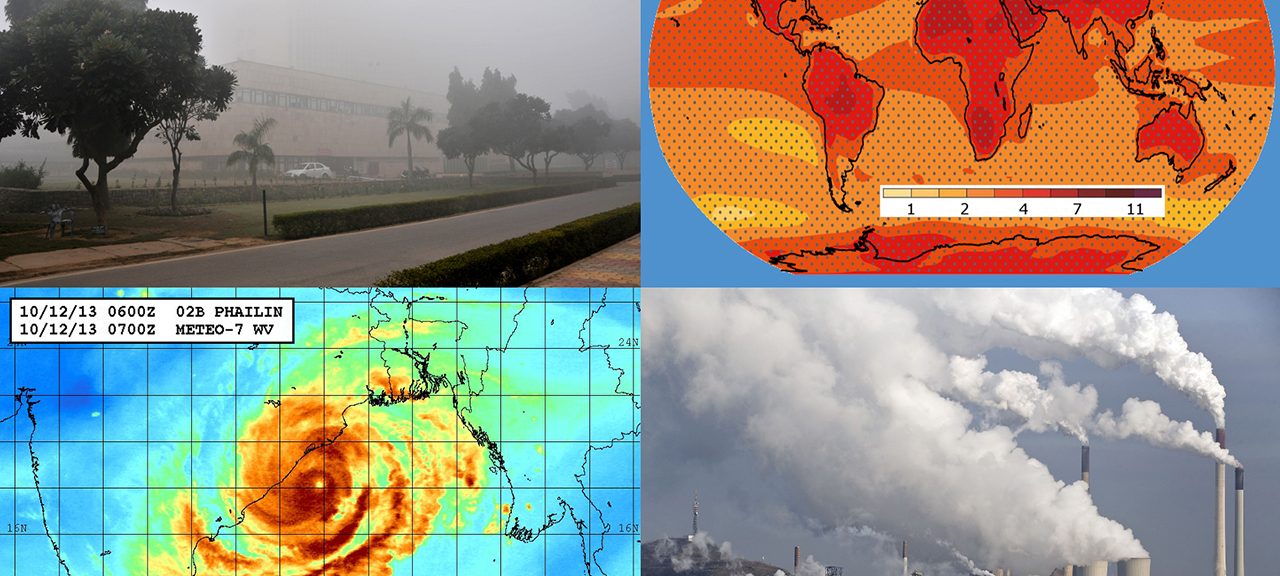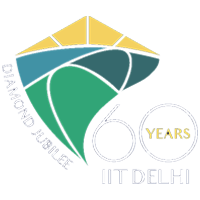CENTER FOR ATMOSPHERIC SCIENCES
Centers@iitd

The Centre for Atmospheric Sciences (CAS) was set up at IIT Delhi in 1979. Research activities in the Centre are oriented towards advancing our understanding of the fundamentals of the atmospheric and oceanic processes occurring in thetropics with particular emphasis on real-world issues such as weather forecasting, the Indian summer monsoon, tropical cyclones and associated surges. The Centre provides one of the best environments in the country for higher studies in the emerging sciences of the Earth System.
In an interview with the Head of the Center Prof Krishna AchutaRao speaks about the research activities, the new Atmospheric Observatory at the Sonipat campus and more. Edited excerpts:
What has been the focus areas of research by your center?
The Centre for Atmospheric Sciences has five main thrust areas. Our research and teaching focuses on climate change, Aerosols and air pollution, atmospheric processes, ocean waves and storm surges, renewable energy meteorology and Applied mathematics to numerically model these processes and phenomena.
What is the Atmospheric Observatory coming up at the Sonipat branch of IITD? What is the need for such an Observatory? When will it become functional? Is it a first of its kind?
The Atmospheric Observatory is envisaged as a state-of-the-art facility where we will make measurements of quantities that will help us better understand weather, climate, the monsoons, air pollution and renewable energy. While computer numerical models are capable of forecasting many of the processes, better accuracy of the models requires a deeper understanding - which can only come from observing these processes in the real world. The planned facility will observe all the quantities of interest in one location to aid scientific discoveries and making improvements in the models we use. This facility will also be open to researchers and scientists from around the world to come and make measurements (with their own specialized instruments) or to develop and test new sensors and measuring devices. This observatory as planned will certainly be the most sophisticated one in India when it is fully functional. We expect to have the first few instruments in place and functioning in early 2022.
Have you brought any changes in the academic curriculum-- what new courses are being introduced?
We have a robust PhD and M.Tech programs as well as a Minor area program for UG students that have been functioning for many years. We are constantly adding courses we offer to students at all levels of the institute and are looking at enhancing our course offerings especially in areas such as AI/ML applications in the Atmospheric and Ocean Sciences.
What role can such Centers play in understanding the climate changes?
The CAS has played a large role in understanding climate change. Some of our work has been in understanding how climate has been changing over India - not only in the sense of quantifying temperature or rainfall change, but also in explaining the processes that have led to these changes. We also model climate changes on IITD's Padum Supercomputer and develop better models that account for local conditions. The upcoming Atmospheric Observatory will have instruments that will help us better understand how aerosols and greenhouse gases behave in our region and what the implications are for climate change.

